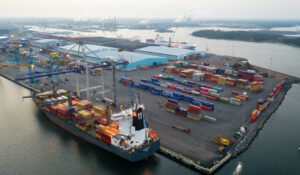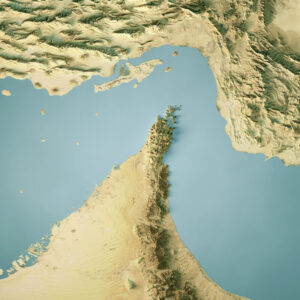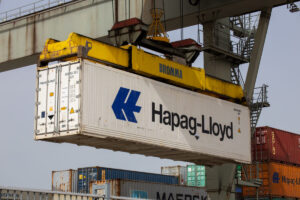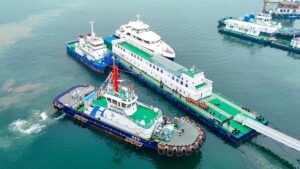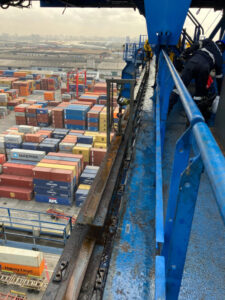The German Federal Maritime and Hydrographic Agency (BSH) and the European Maritime Safety Agency (EMSA) will conduct a large-scale drone measurement campaign at the end of the month.
Over a period of three months, drones will be deployed to measure the sulphur content in exhaust plumes from ships in the Baltic Sea to identify violations of the applicable limit values.
The drones are set to take off from the Bundeswehr base in Staberhuk, on the East coast of Fehmarn Island, and fly specifically to ships operating in the Fehmarnbelt and in the Kadetrinne/Kadetrenden.
After samples have been collected, the measurement results will be made available in real-time to responsible authorities in all European ports via THETIS-EU – the Port State Control information system operated by EMSA – to ensure sulphur content in the Baltic Sea Emission Control Area (SECA) does not exceed 0.10 per cent.
In addition to ship exhaust gas measurements, multispectral aerial imagery will be acquired to extract depth values for shallow waters.
Collected imagery will also provide three-dimensional mapping of the shore zone.
The drones will be operated by the Norwegian company Nordic Unmanned on behalf of EMSA, while the sensor technology and analysis capabilities for the emission measurements will be supplied by the Danish company Explicit ApS.
Most recent drones operations include the Port of Antwerp’s deployment to help clean up floating debris around the port area.
Last year, PTI delved into the use of drones as emerging technology aiding port operations across the globe.



